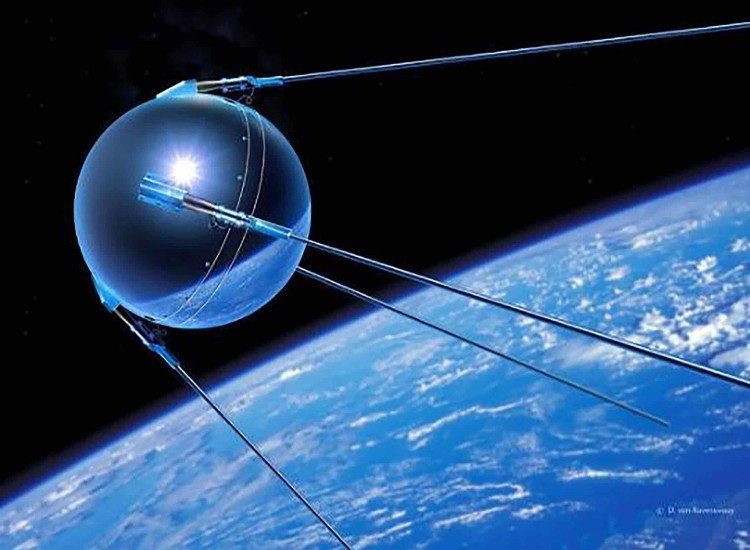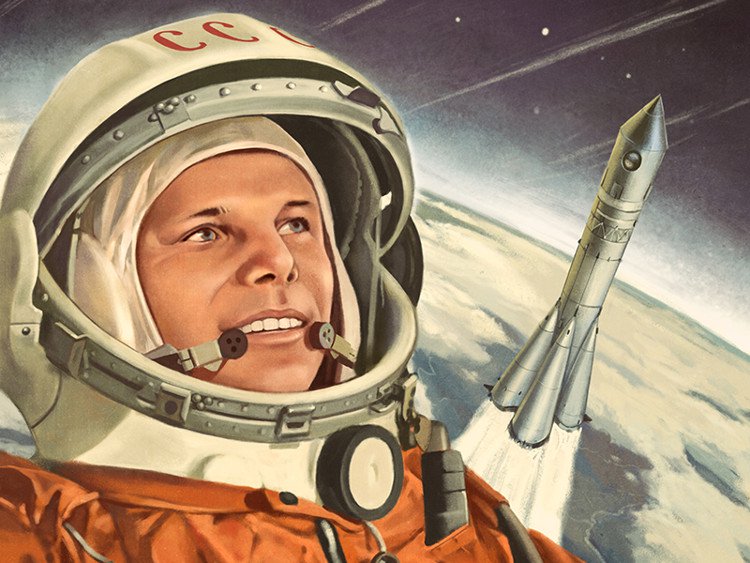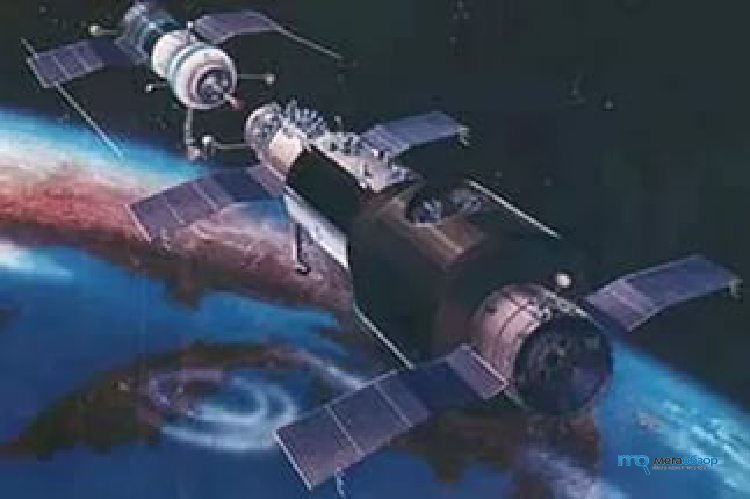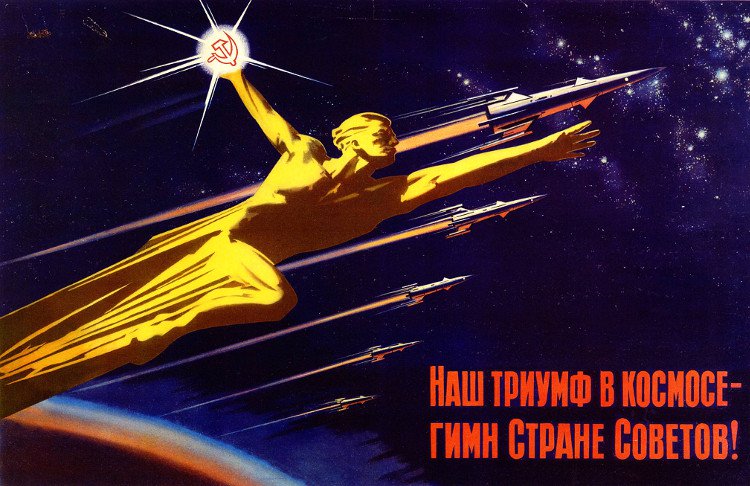Breakthrough studies for humanity of Russians
Many modern scientific achievements and groundbreaking studies contributing to the development of human civilization all began with the pioneering Russians.
- The most bizarre things people ever bring to space
- 10 inventions change the world but their owners are almost empty
Law of conservation of mass
Mikhail Vasilyevich Lomonosov, a Russian chemist, was the first person to mention the Mass Conservation Law in 1748. When weighing sealed stoppers containing metal powders before and after firing, he noticed despite the transfer. Chemical chemistry has occurred with metals in cylinders but their mass has not changed.

Chemist Mikhail Vasilyevich Lomonosov.
Periodic table of chemical elements
Many scientists have sought to arrange chemical elements based on their chemical properties but have failed. In 1869, Dmitri Ivanovich Mendeleev proposed how to list them into a periodic table and disseminate it widely.
In addition to the known elements, Mendeleev also used his periodic table to predict the nature of the missing elements.

Dmitri Ivanovich Mendeleev, the father of the periodic table of modern chemical elements.(Photo: Wikipedia).
Until the existence and properties of protons and neutrons are studied in more detail, the importance of atomic numbers for the organization of the periodic table is recognized.
New chemical elements for the periodic table
Dmitri Mendeleev was also the theoretical predictor of the existence of chemical elements Gallium, Germanium, Hafnium, Protactinium and Technetium before they were officially discovered later by experiment.
In addition, the elements Ruthenium, Nobeli, Dubni, Flerovi, Moscovi, . were also discovered by Soviet and Russian scientists.
Artificial satellite
On October 4, 1957, Sputnik 1 - the world's first artificial satellite built by the Soviet Union was launched into Earth orbit. This satellite is brought into space by the R-7 rocket in the context of the Cold War.

Sputnik-1 satellite.(Photo: Wikipedia).
Sputnik 1 weighs 83kg, flying around the Earth in elliptical orbit for 96 minutes. The satellite operated on a three-month orbit, flying 1,440 around the Earth at a height of more than 900 km and leaving the universe on January 4, 1958.
The launch of Soviet satellites into space made the United States and the world admired. This event created a race into the universe between the great powers and opened the era of conquest of space.
Spaceship manned
No one else, the Soviet Union continued to make history when launching the first spacecraft with astronauts flying into space. Yuri Gagarin is the one chosen as the pilot for this flight.
9:00 am Moscow time April 12, 1961, from the Baykonur spacecraft, the Vostok-1 ship was launched beyond the Earth's atmosphere with Yuri Gagarin. This makes Yuri Gagarin the first person to fly into space.
 Astronaut Yuri Gagarin.(Photo: Roscosmos).
Astronaut Yuri Gagarin.(Photo: Roscosmos).
Vostok-1 flies around the Earth's orbit, reaching its highest point at more than 320 km. After 108 minutes, Yuri Gagarin landed in a field not far away safely.
Space station
Salyut 1 station was the first space station launched in the low Earth orbit made by the Soviet Union on April 19, 1971.

Salyut 1 is 20m long, the largest diameter is 4m. After Salyut 1, the Soviet Union had five more successful space stations. Mir-2 (DOS-8), one of the five space stations is still active today and becomes part of the International Space Station (ISS).

In addition, the Russians also achieved some other important achievements such as:
- Vasily Petrov discovered the photoelectric effect in 1802.
- Nikolay Umov proposed the basic concept of Umov-Poynting vector and was the first scientist to show the relationship between mass and energy.
- Alexander Popov was the first person to invent radio waves.
- Alexander Friedmann was the first scientist to propose an expansionary universe model in 1922.
- Dmitri Ivanenko was the first to propose a proton-neutron model of atomic nucleus and a nuclear shell model in 1932.
- Georgiy Gamov is the author of Big Bang theory.
You should read it
- How clean are astronauts keeping the space station?
- What terrible thing will happen when not wearing protective gear in space?
- The periodic tables have the weirdest shapes in the world not everyone knows
- The Russian astronaut announces to find extraterrestrial life on the ISS Space Station
- The 7 largest objects people ever launched into space
- NASA recycles urine and sweat of crew on ISS space station 98%
- You are about to be able to travel to the International Space Station in 2021 if ...
- Amazing discovery, chemical elements do not follow quantum mechanics theory
May be interested
- Breakthrough creates wood that glows in the dark
 swiss scientists have just announced an interesting discovery when creating wood that can glow in the dark.
swiss scientists have just announced an interesting discovery when creating wood that can glow in the dark. - 6 famous inventions but made scientists regret for life
 most inventions are created for humanity purposes. the inventors hope their spiritual children are useful to humanity, but they cannot expect that they are used to harm people themselves, causing them to regret their whole lives.
most inventions are created for humanity purposes. the inventors hope their spiritual children are useful to humanity, but they cannot expect that they are used to harm people themselves, causing them to regret their whole lives. - The breakthrough in printing directly from the web and through the cloud
 hp has just introduced solutions that allow printing from any device with e-mail functionality to printers from around the world via hp eprint service.
hp has just introduced solutions that allow printing from any device with e-mail functionality to printers from around the world via hp eprint service. - Breakthrough: Scientists invented a gel that can heal all wounds on the body and in the internal organs
 currently, this gel has been successfully tested on mice and rabbits. if successfully tested in humans, it could be a breakthrough in orthopedic and cosmetic surgery, replacing tissue and skin grafts, which are still inadequate.
currently, this gel has been successfully tested on mice and rabbits. if successfully tested in humans, it could be a breakthrough in orthopedic and cosmetic surgery, replacing tissue and skin grafts, which are still inadequate. - The following 5 inventions can 'save' Earth and humanity
 in order to save the earth as well as to ensure the future of all humanity against the ever-increasing negative impacts in both quantity and level, scientists around the world are constantly studying to make inventions. useful.
in order to save the earth as well as to ensure the future of all humanity against the ever-increasing negative impacts in both quantity and level, scientists around the world are constantly studying to make inventions. useful. - Top 10 mysteries have been decoded by scientists
 today with modern science and technology, scientists have found evidence and explain some of the great mysteries of humanity: the cause of the destruction of mayan civilization, the process of building kim. egyptian pyramid, the exact location of the ship columbus used when exploring america ...
today with modern science and technology, scientists have found evidence and explain some of the great mysteries of humanity: the cause of the destruction of mayan civilization, the process of building kim. egyptian pyramid, the exact location of the ship columbus used when exploring america ... - 10 great astronomers have made the most important contribution to the astrophysical field of humanity
 the list below honors 10 of the greatest astronomers of all time like galilei, einstein, claudius ptolemy, hawking ... let's find out what important contributions they have made to the field. astrophysics of humanity.
the list below honors 10 of the greatest astronomers of all time like galilei, einstein, claudius ptolemy, hawking ... let's find out what important contributions they have made to the field. astrophysics of humanity. - Microrobots controlled by metal patches can deliver drugs and clean up pollution
 researchers have pioneered an innovative technique to create tiny particles that can act like tiny robots, a breakthrough that could have implications for biology and the environment.
researchers have pioneered an innovative technique to create tiny particles that can act like tiny robots, a breakthrough that could have implications for biology and the environment. - IBM Unveils Breakthrough Optical Data Transmission Technology That Enables 'Light-Speed' AI Training
 ibm has successfully developed a new optical technology that can support training of ai models at the 'speed of light', while saving significant energy.
ibm has successfully developed a new optical technology that can support training of ai models at the 'speed of light', while saving significant energy. - US company announces breakthrough battery technology with unprecedented power
 the partnership between sionic energy and group14 technologies could bring significant improvements in the battery sector.
the partnership between sionic energy and group14 technologies could bring significant improvements in the battery sector.










 What is fire? Material or energy?
What is fire? Material or energy? Close up of the place where the APEC National Bird's Nest is splendid as the palace in Da Nang
Close up of the place where the APEC National Bird's Nest is splendid as the palace in Da Nang Why does the clock, minute hand of the watch run from right to left without the opposite direction?
Why does the clock, minute hand of the watch run from right to left without the opposite direction? What flavor does the dinosaur meat taste good or not?
What flavor does the dinosaur meat taste good or not? Top 10 most expensive motorcycles in the world
Top 10 most expensive motorcycles in the world How will the world change in the next 1000 years?
How will the world change in the next 1000 years?